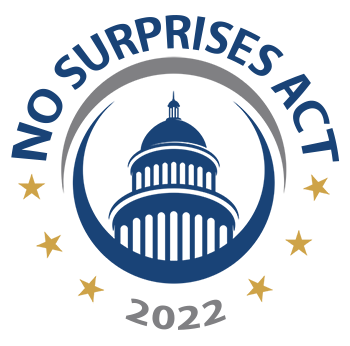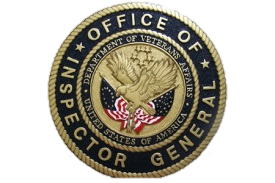What is the No Surprises Act for Chiropractors?

The Consolidated Appropriations Act of 2021 was enacted on December 27, 2020. The Act contains many provisions that protect patients (consumers) from surprise bills. The No Surprises Act protects people covered under group and individual health plans from receiving unexpected bills. Sometimes, patients seek emergency care, out of network ambulance services, or non-emergency services from out of network providers at in-network facilities. The often unexpected, leftover balance bill, is considered surprise billing. When a Chiropractor is out of network with a payer, and when patients pay out of pocket, the No Surprises Act applies to Chiropractors.
The Intent of the No Surprises Act Rule
Most of the regulations that were implemented in 2021 focus on helping patients, price transparency, and value-based purchasing. These objectives are not new. But even when patients tried their best to use only in-network care, some providers rendering services were considered out of network. As a result, the patient’s health plan would not cover the out of network cost, leaving the financial burden on the patient (consumer). The worst examples of out of network services and balance billing were ambulance services, emergency room facilities, and some anesthesia related procedures. These types of services didn’t allow the patient to confirm the network status of all providers.
No Surprises Act Affects all Providers
The No Surprises Act has taken it a bit further than just providers of emergency care or hospitals. The law focuses on three entities:
- Patient – Financial protections for out of network services and notification of out-of-pocket expenses
- Payer – Advance Explanation of Benefit requirement, price transparency, Independent Dispute Resolution (IDR) process for providers and payers to settle payment disputes
- Provider – Provide good faith estimates in advance of scheduled services, notification, and consent for out of network services, and price transparency–this is where the No Surprises Act applies to Chiropractors.
Enforcement
As of January 1, 2022, the billing protections for patients seeing an out of network provider are in place. The regulatory authorities want patients to be able to make informed decisions with their healthcare. The No Surprises Act’s objective was to protect insured patients from surprise balance billing for out of network services.
Providers who attempt to take on the task of reading this very complex rule will find the normal process for establishing a rule was not followed. For example, normally a law involves a single authority or agency. This one involves different departments such as the Departments of the Treasury, Labor, Health and Human Services (Departments), and the Office of Personnel Management (OPM). Collaboration is required and unfortunately, not all are speaking the same language. They need more input, therefore, although this law became effective January 1, 2022, the comment period from stakeholders was still open as late as December 6, 2021. Technically, comment periods allow lawmakers to consider the impact of implementation and make changes to the statute.
What Now?
For now, the simple answer to the question of whether the No Surprises Act applies to Chiropractors is…Yes! Specifically, if the provider is working in an hospital setting, and is out of network with payers, the No Surprise Billing rules apply. In the practice setting, when seeing self-pay patients, the Good Faith Estimate rules apply.
Follow our helpful flow chart to see whether the No Surprises Act applies to you and your practice.
Learn more about whether you must supply a Good Faith Estimate to your self-pay patients.


I just wanted to touch base and let you know how much you have helped my daily routine. I just can't tell you how much time and effort I have put in trying to figure out and correct the modifiers on our claims. We have been putting those in by hand and as you can well imagine there were many errors and many times our claims were stopped or just not paid. It seems to me half my life was spent trying to figure out just why we weren't getting paid. I am in awe of how you just clicked buttons and made my life so much easier. I can't thank you enough. I have a pile of old corrections to fix and after that I am done with this issue for good. I am working hard on my homework and although it is extremely difficult and tedious I do see light at the end of the tunnel. Just want you to know I appreciate more than you will ever know. Thanks again.





